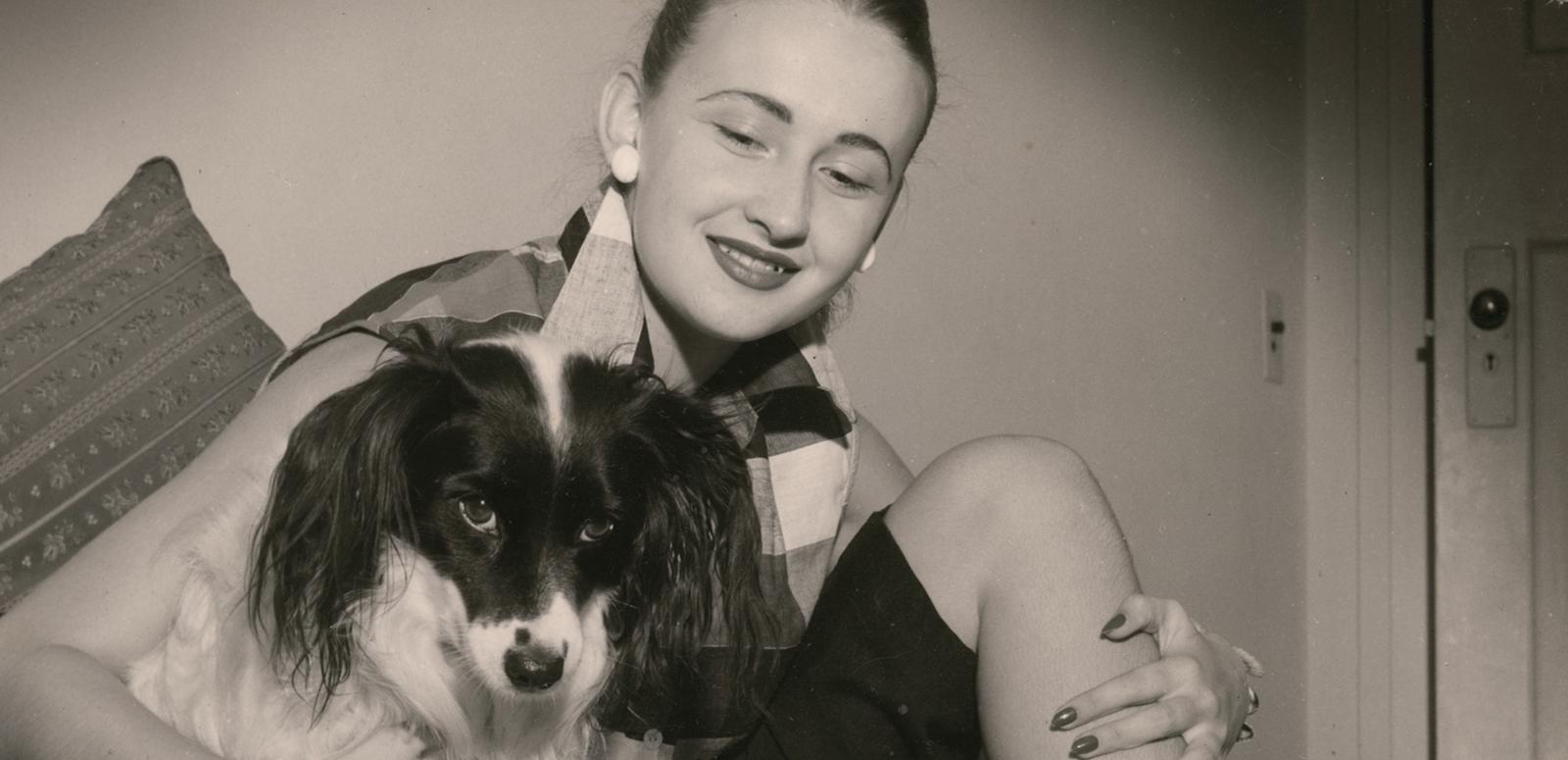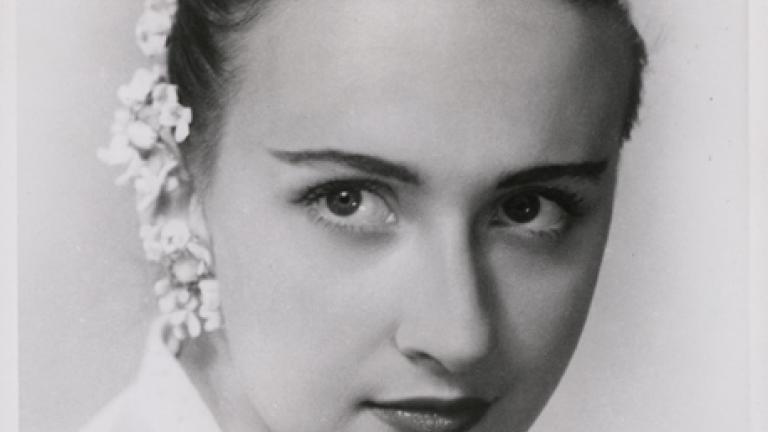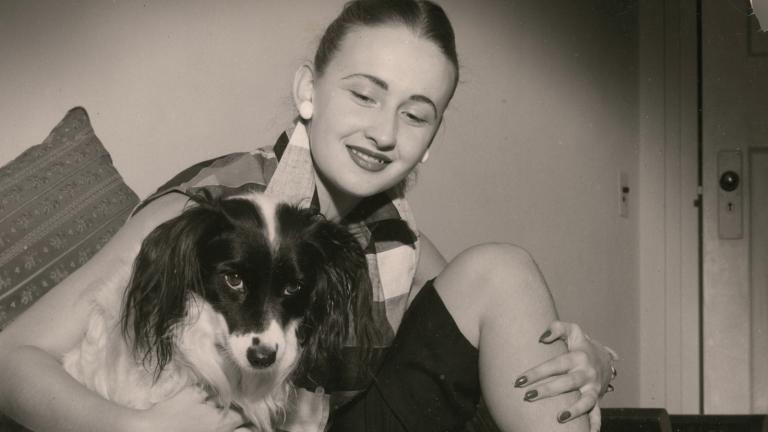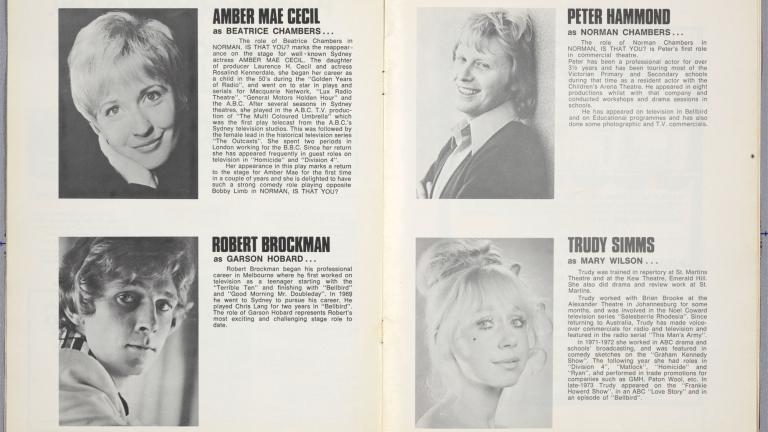Women played an important role during Australia’s early years of radio broadcasting. We look at the pioneering contribution of Amber Mae Cecil.

Women played an important role during Australia’s early years of radio broadcasting. We look at the pioneering contribution of Amber Mae Cecil.
Amber Mae Cecil was born in 1938 to two of Australia’s best known radio figures: actress Rosalind Kennerdale and senior producer for the ABC, Lawrence H Cecil. At an early age, Cecil acquired reading and performing skills at her mother’s radio school.
She made her debut aged 12 in the Grace Gibson production Night Beat. She then acted in ABC-produced programs for children in her after-school time. At 13, Amber Mae Cecil was cast in a lead role in an ABC radio play, Lace on Her Petticoat. Also in the play was Queenie Ashton, who took Amber Mae Cecil under her wing.
In 1953, at the age of 15, Cecil left school to co-star as the daughter, Janie, in the popular family comedy, Life with Dexter, with Ray Hartley as the son, Ashley. The show was recorded live each week before an audience at 2GB and Cecil continued in the role for 11 years.
Amber Mae Cecil (as Janie) in the 2GB comedy Life with Dexter. NFSA title: 215732
During the 1950s, Cecil played two roles for Grace Gibson Productions, appearing as the female lead with Roger Climpson and Lou Vernon in the serial Life Can be Beautiful, and in the role of Leota in Dr Paul.
Amber Mae Cecil stars as Chichi in the serial Life Can be Beautiful. NFSA title: 415768
Together with Lola Brooks, Cecil played one of the Macarthur twins in Blue Hills until its final year of production, when she replaced Gwen Plumb as Emmie.
Towards the end of her career Cecil starred in several Shakespeare radio plays broadcast by ABC radio.


With dog

Lane, Richard and National Film and Sound Archive of Australia, 1994, The Golden Age of Australian Radio Drama 1923-1960: A History Through Biography, Melbourne University Press, Carlton South, Vic
This article was first published in 2013. The text was updated in 2023.
Want to be the first to hear stories and news from the NFSA?
Subscribe to our newsletter and never miss out.
The National Film and Sound Archive of Australia acknowledges Australia’s Aboriginal and Torres Strait Islander peoples as the Traditional Custodians of the land on which we work and live and gives respect to their Elders both past and present.